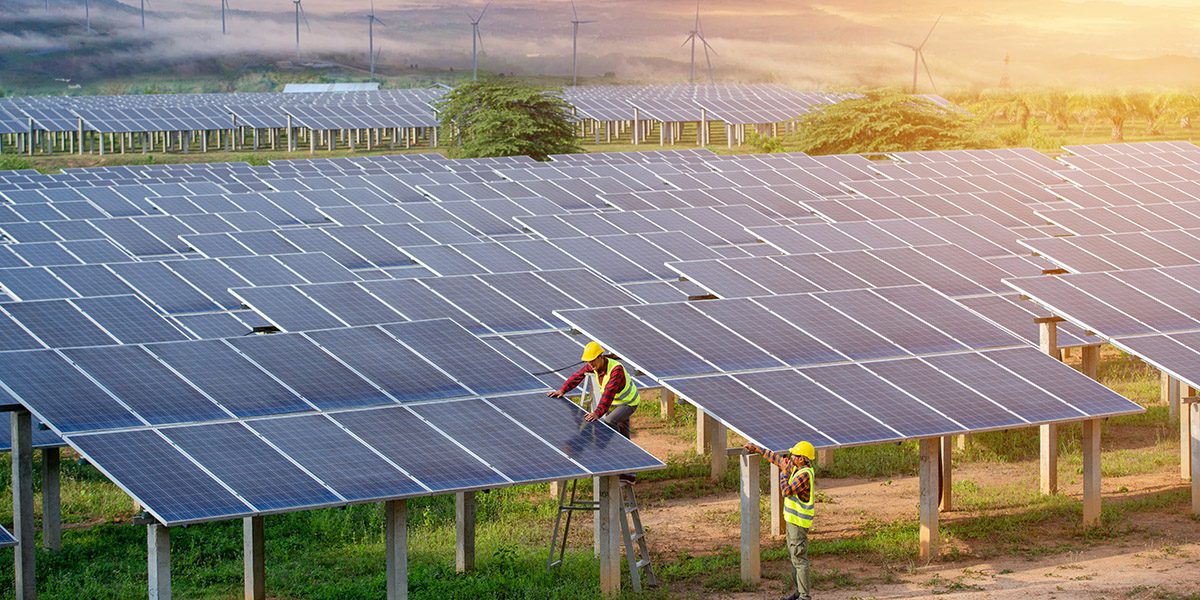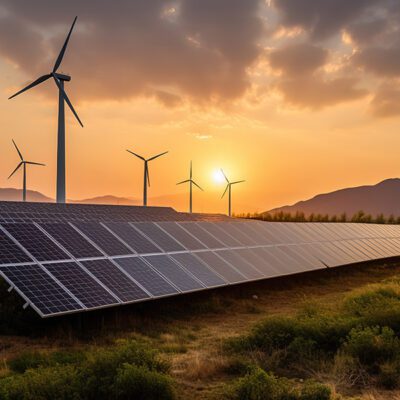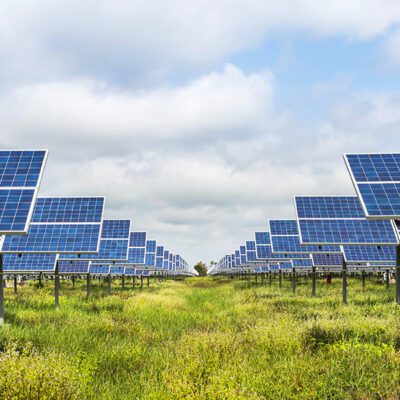This article was originally published on GreenBiz.
Buying renewable energy at commercial scale involves sizeable long-term contracts, most commonly in the form of Power Purchase Agreements, or PPAs. These deals often have great bottom-line benefits — but sometimes they do not.
Fear not. There are ways to reduce the economic risk of switching to renewable energy. This includes not only managing downside risk but also being mindful of potential lost economic upside. Knowing the right moves at each stage of the deal-making process can improve your odds of a favorable outcome.
Before Negotiations
The best way to reduce risk is to select the right renewable energy project.
First, be sure you understand your organization’s financial priorities. For example, does the finance team care more about long-term cost savings or reducing short-term volatility? Rule out any projects that do not align.
Next, with deals under consideration, perform a scenario analysis with special attention to the downside scenarios. Can your organization weather the deal in a perfect storm?
Lastly, do not overlook development risks. If the project developer cannot acquire solar panels, experiences cost overruns or fails to raise third party financing, it will ultimately become your organization’s problem. A low PPA price is only valuable if the underlying project makes it through development and becomes operational. This last point is especially important in today’s market, which is experiencing significant supply issues. It helps to be well-informed so you understand what pressures and restrictions a developer may be up against.
Once in Negotiations: Incorporating Floating Market Price Risk Mitigants
If you are entering into a “fixed for floating” commercial structure with your renewable energy contract, as with a PPA you will pay a fixed price to the project developer and receive the floating market price for electricity generated by the project. When the floating market price is more than your fixed price, the project is saving you money, but when it is less than your fixed price, the project is costing you money. Risk of loss is inherent in these contracts.
There are certain risk mitigant structures you can negotiate into a PPA to hedge against the risk of losses when the market price floats downwards. While there are many variants, the most common are:
- Price floors: In today’s market, price floors are common, especially at $0 to protect buyers against negative floating market prices, which may be more prevalent in certain markets and times of day.
- Upside shares: Upside shares allow a buyer to pay a lower fixed price in exchange for splitting some percentage of the upside when market prices are high with the supplier.
Suppliers will offer different price risk mitigants for each project, and in today’s market they are offering fewer options than in the past. It is therefore important that you find out what is available as soon as possible.
Explore those options early with your finance team to understand what works best for your organization. Keep them involved in the process as you receive pricing for different structures. Decide together if the extra risk protection is worth what you give up in return.
Not Conceding Your Upside Potential
With PPAs and other “fixed for floating” commercial structures, most finance teams prudently focus on the downside risks. However, organizations should also be thinking about lost upside risks as well.
Your profits or savings may result from a concentrated number of intervals when floating market prices increase significantly — especially in certain markets such as Electric Reliability Council of Texas (ERCOT) solar. As a buyer, make sure that you are receiving the economic benefits during these intervals. This helps protect against other intervals where the floating market price may fall beneath the fixed price you initially agreed to pay.
In PPAs, most buyers opt for “hub-settled” settlements (an average of multiple price points on the grid) as opposed to “node-settled” settlements (the potentially more volatile local price point on the grid where the project physically injects electricity). This effectively means that the floating market price the supplier receives (the node price) may differ from the floating market price the supplier pays you as the buyer (the hub price).
At times when the cash inflow received by the supplier (the node price plus the PPA price you, the buyer, pay) is less than the cash outflow paid to you as the buyer (the hub price), the supplier is incentivized against generating electricity. These situations happen often when the hub price is high and therefore attractive to the buyer. As much as possible, you should prevent this from affecting your economics.
Buyers can and should explicitly address how to handle these kinds of situations in renewable energy contracts. An experienced adviser should be well informed to help you negotiate an achievable outcome that reduces your risk. Additionally, addressing things such as the timing of scheduled non-emergency maintenance and negotiating a strong availability guaranty clause can be helpful in protecting against lost upside risks.
The Full Picture
This is just the beginning; there’s much more buyers can do to reduce economic risk once in contract negotiations. This is especially true in current times where rising development uncertainty (including increasing solar module prices and future tariff uncertainty) may increasingly be borne at least partially by buyers through fixed price adjustment mechanisms.
Buyers need to be thinking about the full picture of economic risks when negotiating PPAs and similar contracts. This includes both obvious downside risk mitigants as well as protecting against lost upside risk.
Already have an executed renewable energy contract? You still have options to further reduce your economic risk.
Coho, an ERM group company, is registered with the U.S. Commodity Futures Trading Commission as a commodity trading adviser and is a member of the National Futures Association (NFA ID: 0542152). Information in this article is provided for general informational purposes only and should not be considered legal or commodity trading advice or as forming the basis of any advisory relationship with Coho. Trading in commodity interests and financially settled energy contracts, such as virtual power purchase agreements, can be complex and involves risk of loss that can be substantial. At a minimum, you should consult with your own legal and accounting advisors in considering whether to enter into any such contract.



